Creating things on your own is so satisfying. No matter if you are the type of person who loves arts and crafts or if you want to create new furniture from wood, one thing is for sure – working with your hands brings you joy. Nowadays there are a lot of DIY enthusiasts and there are so many different options to fulfill your dreams. Even if you don’t know what you want to do, you can try several things until you find the creative style that works best for you. For some people, this is a hobby, but others may see it as a profession. Whichever it is, you need to always be protected and follow the safety guidelines.
As you already know, there are a lot of things you can do yourself. The DIY projects sometimes involve working with heavy machinery, with fire, or working at heights. If you are a beginner with these projects, and you want to try something new and potentially dangerous, you need to be smart and do everything you can to protect yourself from any potential injuries.
When you plan things in advance and use the needed equipment, you will be able to finish all of your projects on time and you will always be safe and secure. Not many DIY enthusiasts know how to do this, so we created this guide to help you learn more about safety. Follow these essential tips before every project and make sure to double-check if everything is working correctly.
Contents
1. Use proper tools
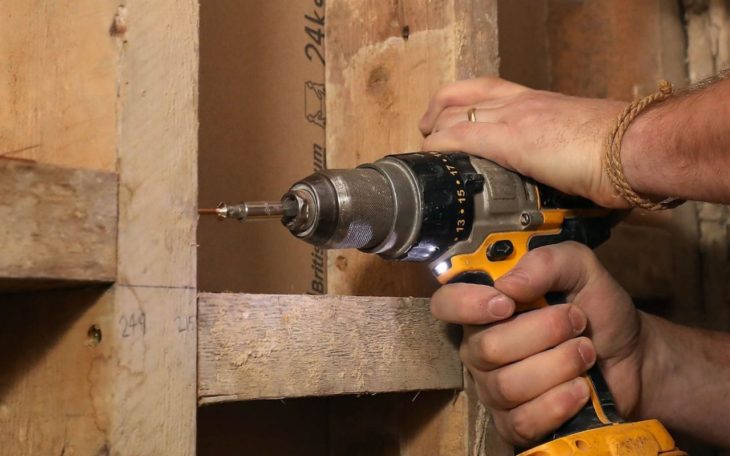
Source: telegraph
The tools make the difference between a successfully finished project and a safety risk. You cannot cut metal with a knife and you cannot weld things with a lighter. If you don’t choose the right tools for the job, they may slip, get damaged and you will end up hurting yourself. Start with simple tasks and invest in the right tools for every project.
2. Store the tools in the right way
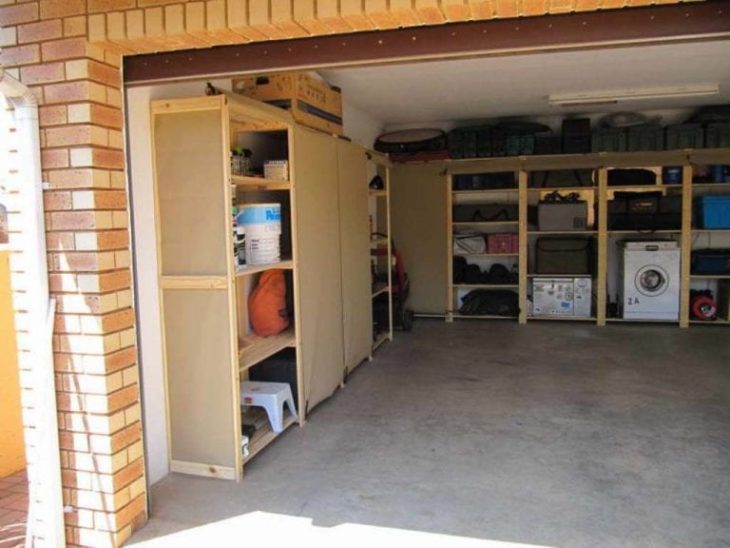
Source: medium
After every use, you will need to clean the tools. This is not something you should skip and you should leave enough time for yourself to do it. If you leave that for the next day, you may forget and if the tools are slippery or dirty, you will injure yourself.
After cleaning the tools, you need to store them correctly. This means that they will not fall, break, and that your children will not be able to reach them. If possible, lock the room you are working in and always use protective covers for the tools.
3. Clean the space regularly
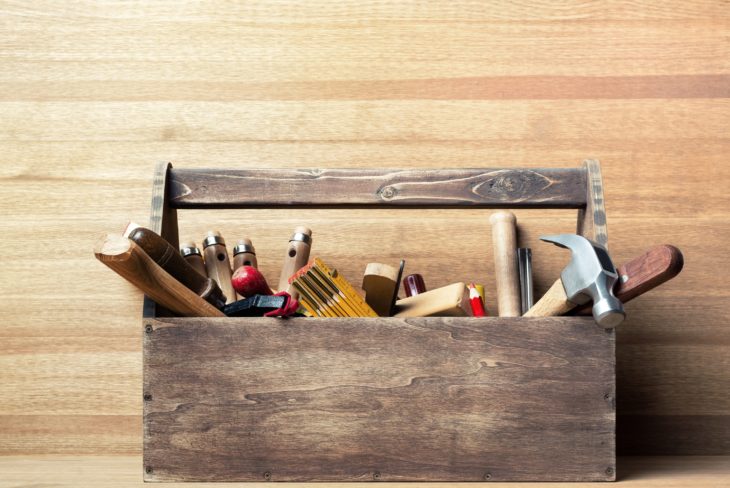
Source: moneycrashers
Just like the tools, you will need to keep your workspace clean. Try to do it every day, but if you don’t have enough time, clean it at least 3 times per week. Dusting is as much important as cleaning the floors.
If something spills or if there is debris, take care of it right away. Experts say that most accidents happen when the workspace is not organized and when it is cluttered.
4. Read the manual
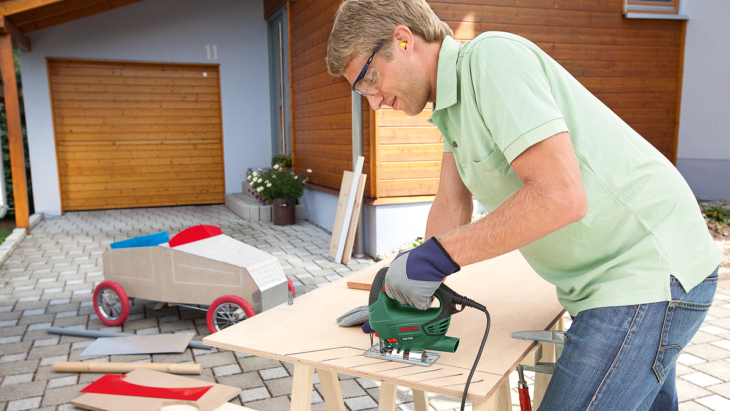
Source: bosch
Most people read the guides and the directions after something bad happens. Every tool you are going to use comes with a user manual, so before you start using it, read the manual.
It will save you time to learn how to use it correctly, you will learn some neat tricks and you will be safe. Always be extra careful when working with electricity and if you are not sure how to do anything or install things, consult with a professional. These things will save you time and you will always be protected.
5. Wear the safety gear
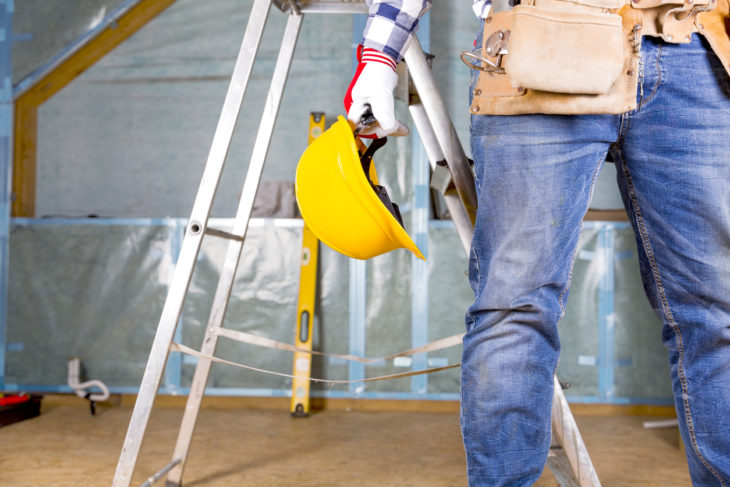
Source: iStock
This is probably the most important part. Always wear goggles and gloves, even if you need to finish one task that will take only 5 minutes. Hearing protection is important as well, so don’t forget to get ear muffs or other protective equipment.
If you don’t have the needed gear you need to get it as soon as possible and you should postpone every project before you buy all the things you need. Depending on the thing you are working on, you will need different equipment. WeldingHelmetGuides suggest that some helmets are great for simple projects, but if you work with welding all the time, you may need a professional type of helmet.
You will also need clothes that will protect you from any harsh materials or chemicals. Research your projects beforehand and buy things accordingly.
6. Choose the area wisely
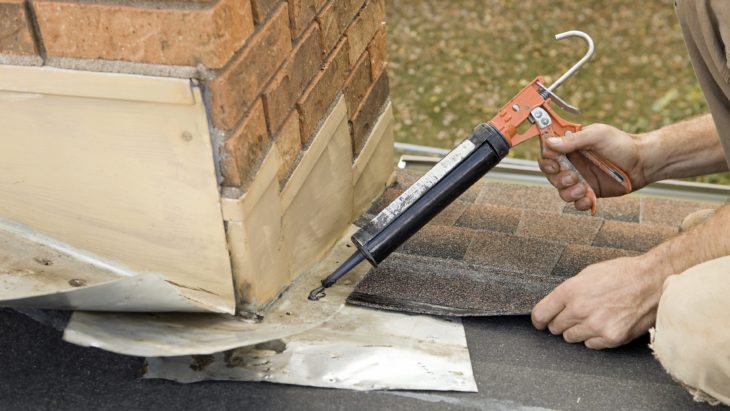
Source: shell
Not every space is made for DIY projects. Choose a room where you can easily access your tools and where you have enough space to neatly store them.
The lighting is another really important part. If you work in dark rooms, you will not be able to see or finish the project in the right way. Your eyesight may get damaged and if you work with tools, you may injure yourself because the room was just too dark.
7. Don’t leave food and drinks around

Source: drillly
Many people who work from home think that eating or drinking something while working is okay. This is a huge safety hazard and you may injure yourself, risk your life or just damage your expensive equipment. When you leave drinks or water near the equipment, you can easily spill them and as you probably know, electricity and water are not a good combination. Take breaks and eat or drink in the other room.
You should always be well rested when working with power tools. Plan your time so you don’t feel too tired when you need to clean the equipment or the workspace. There are many people who blast the music when they are working, but when you don’t pay attention to your surroundings, you may end up not noticing something and hurting yourself. If you notice that something is damaged or is not working properly, you need to replace it right away.
Follow these tips to make sure you are always safe and protected. Bad things can happen in a split second, so wear the protective gear that could make the difference between you almost injuring yourself and being rushed to the hospital. Be responsible and prevent property damages and injuries.
